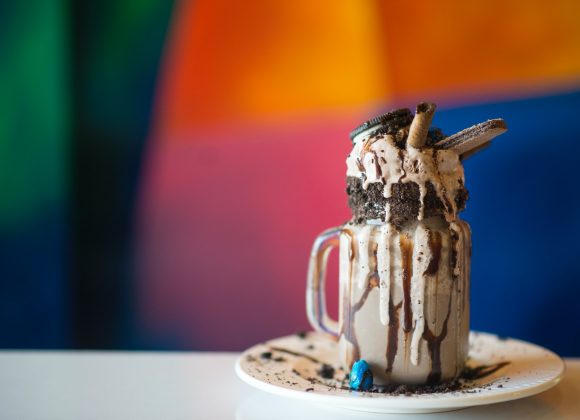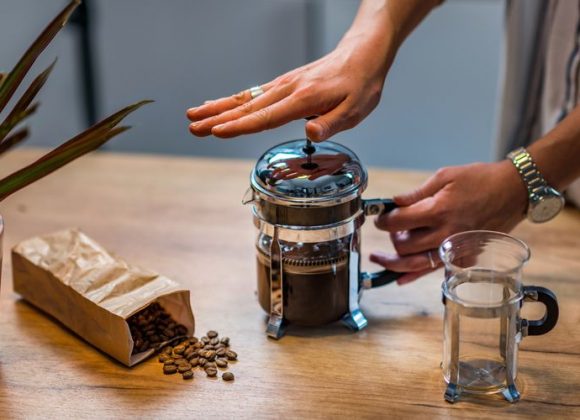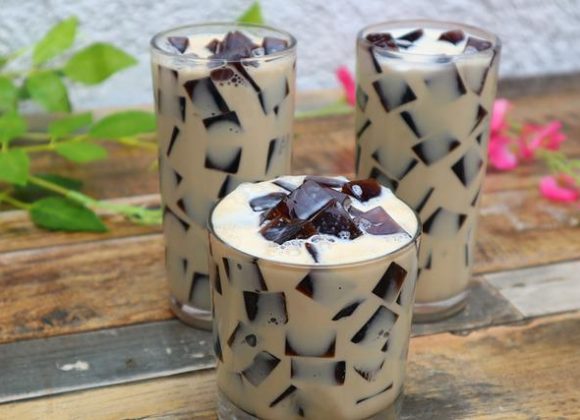You might not know which is ristretto and which is espresso if you are drinking ristretto and espresso at the same time. The appearance of these two drinks is the same. But ristretto offers a lot more than ristretto. Let’s start first with the definition of ristretto.

What is ristretto?
The word “ristretto” literally translates to “limited” in Italian and refers to your coffee cup. An espresso that has been limited is called a ristretto. Simply said, you can ask the barista to use less espresso when you order a ristretto in a coffee shop or café. And a skilled barista will know exactly what to do if you run into one. A barista will inform you that ristretto will be from 15 to 25 ml only. You may be asking why someone would place a smaller coffee order. Surely more is always better? In most cases, it is, but when it comes to ristretto, quality is more important than quantity.
The ristretto uses shorter extraction time, finer coffee grind, and a smaller volume of water used to make a drink that differs from an espresso. The ristretto is pulled for a shorter length and runs through the machine with a lower ratio of water to coffee, while espresso is pulled to a longer length, and runs through the machine with a higher ratio of water to coffee. With the short extraction time, the coffee tastes sweeter and less bitter.
How Barista makes ristretto
Ristrettos are sometimes prepared similarly to espressos by some baristas and coffee shops. It means that the amount of dry coffee, water pressure, and water temperature used in all ristretto shots are the same as they are in espressos. However, they use less water overall. In order to do this, baristas may either remove your espresso cup from the machine after 15 seconds or grind the coffee beans longer so that the coffee is finer, in which case it will take them the same amount of time to prepare a ristretto similar to an espresso.
Best coffee beans for ristretto
Coffee’s flavor is frequently influenced by the kind of beans you choose and how they were roasted. Some baristas and coffee experts claimed that low acidity coffees, including those organically processed from Brazil, Sumatra, or Nicaragua, work well with ristrettos and coffees that are usually grown at lower altitudes.
As for the roast type, since the coffee will only be extracted for a short period and its full potential won’t be reached, you can choose any roast type. To produce ristrettos with a less acidic extraction, we personally advise using medium-dark roasts and dark roasts.
Why you should choose ristretto
A ristretto is a good choice if you’re seeking for an espresso variation that is simple to drink. In a smaller version, the sweetness and intensity are enhanced, but you still get the same caffeine spike. It is quite different from an espresso that can provide you with a cup of coffee that is more complex and has subtle undertones of bitterness.




